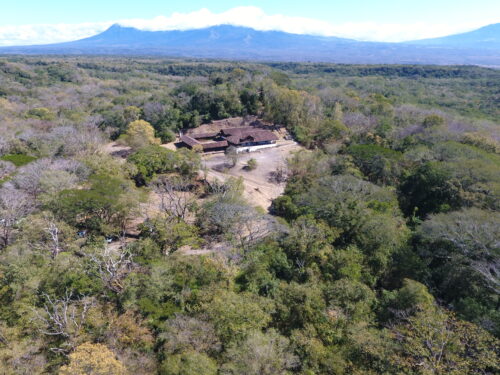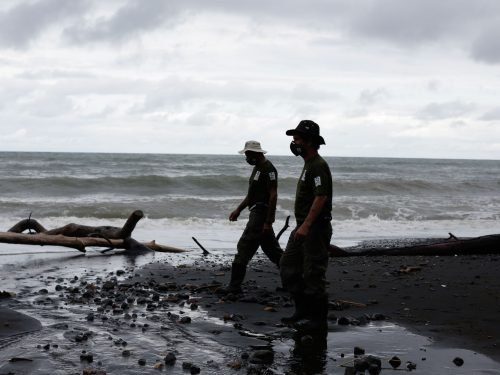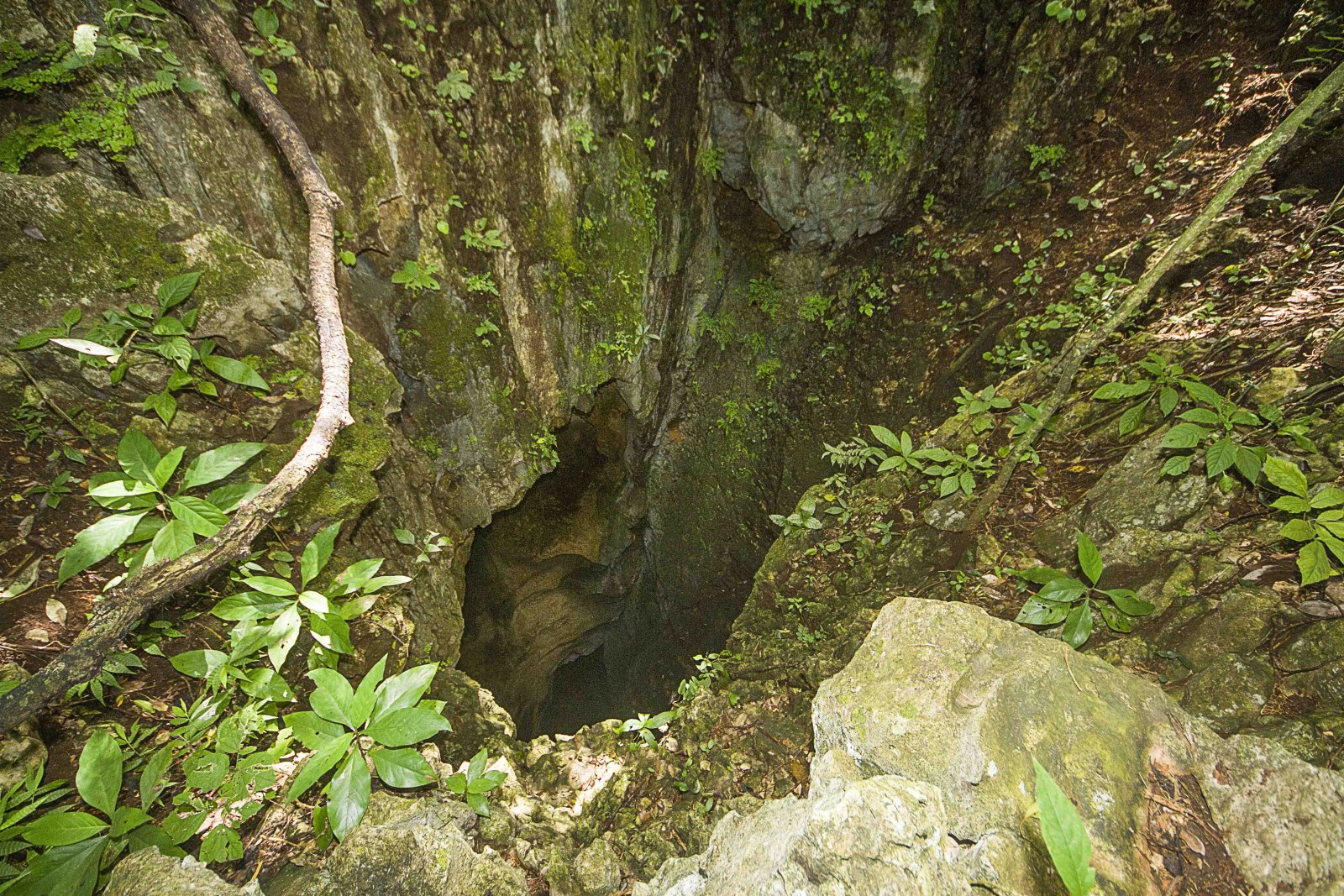
Guanacaste has eight national parks. Many of them are known for their scenic beauty and their special features, but there is one that goes unnoticed by many: Diriá National Park.
According to data from the System of National Conservation Areas (SINAC), Diriá is the least visited park in the province. In the last five years (2012-2016) it reported 4,336 visitors, including both nationals and foreigners.
Just to show how few visits that is, Rincón de la Vieja Volcano National Park receives that number of visitors on average over five days. Rincón de la Vieja is the leader in turnout. In the same five years more than 319,000 people paid entrance to the park.
READ: Journey to the Center of the Earth in Barra Honda’s Caverns
The Tempisque Conservation Area council (ACT), the division that Diriá belongs to, hopes to breathe new life into the park and took up the task of mapping the site and identifying ways to take better advantage of its potential.

For example, the park’s strength of having a broken terrain (with altitudes that go from 430 feet above sea level to almost 3,300 feet in a matter of 7.5 miles) makes it the perfect site for the creation of mountain biking trails.
Dorian Méndez, tourism coordinator for the ACT, explained that they are working in conjunction with bank Banco Nacional on the development of a community tourism project that would mean families from the communities around the park, such as Arado, could offer bicycle tours on trails near the park and inside the protected area.
“The bank will be giving us the equipment: the bicycles and the helmets. Then we train the communities and define the trails and the routes,” Mendez said. “This helps the park generate visits and promotes conservation through these visits, and it also brings resources to the communities. It’s very comprehensive.”
The project is expected to kick off at the beginning of 2018 with long, demanding trails and then other more recreational ones.
READ: Help In Guanacaste’s Conservation Areas This Holy Week
Currently, visitors can walk along three different trails. One of them leads to the Brasil waterfall, which only flows in the rainy season, and extends for about 2,600 feet.
The hike is demanding and is recommended for people with very good physical conditioning.
While the park also has the potential to develop other types of activities like birdwatching, 4×4 tours, and horseback riding, the area lacks the infrastructure to provide all the necessary services to visitors and motivate their arrivals. We are talking about lookouts, access roads, bathrooms and other works.
Méndez said that the national park uses the resources it gets from public-private partnerships, foundations and nonprofit organizations that are seeking to beautify the park through consultancies and donations since the resources that the state gives them for those purposes are insufficient. Even still, the help they receive falls short of satisfying all their needs and project ideas.
“This park has very peculiar attractions and is for a very specific niche market,” said Mauricio Mendez, the ACT’s technical director. “Its tourism portfolio isn’t as broad or as rich as other sites. It has to be developed. That takes time and resources and, well, that isn’t a guarantee that the number of visits will improve.”
READ: Top Ten Most Visited Protected Areas in Guanacaste
While the attractions reach their maximum development, the park’s beauty is only a hook for the visitor. Go, walk or cross the park in a 4×4 and appreciate the beauty of the Guanacaste lowlands while visiting the towns of Esperanza and Juan Díaz. The morpho butterflies will join you on your journey and, at the highest point, you can see clear to the Gulf of Nicoya.
Remember that the importance of Diriá goes beyond merely attracting visitors. It protects the river basins of the Diriá and Tigre Rivers, which makes it a site that refills aquifers and generates water, guaranteeing the supply of the resource for a large part of the province.
How to get there
Get to the canton of Santa Cruz, Guanacaste. A sign near the Catholic church will tell you that you are 12.5 kilometers (8 miles) from the entrance of the park.
Things to consider
-
Enter with a 4×4 vehicle up to the park ranger station
-
The trails are demanding and require a mid to high level of physical conditioning
-
Take water, bug spray, clean clothes, and walking shoes.
-
You can visit the park between 8am and 4pm.
-
Get more information by calling 2680-1820 or 2680-1930.








Comments